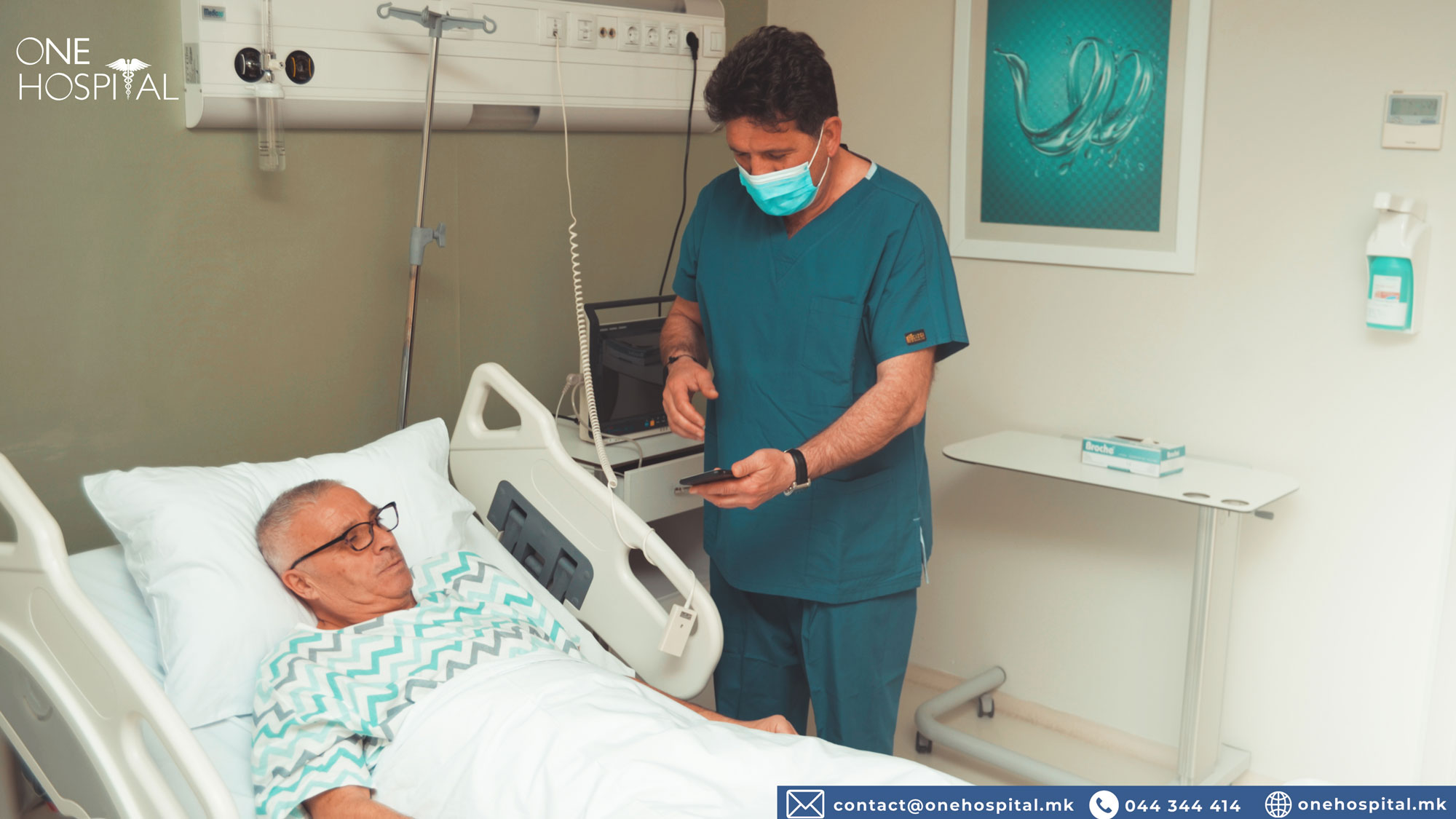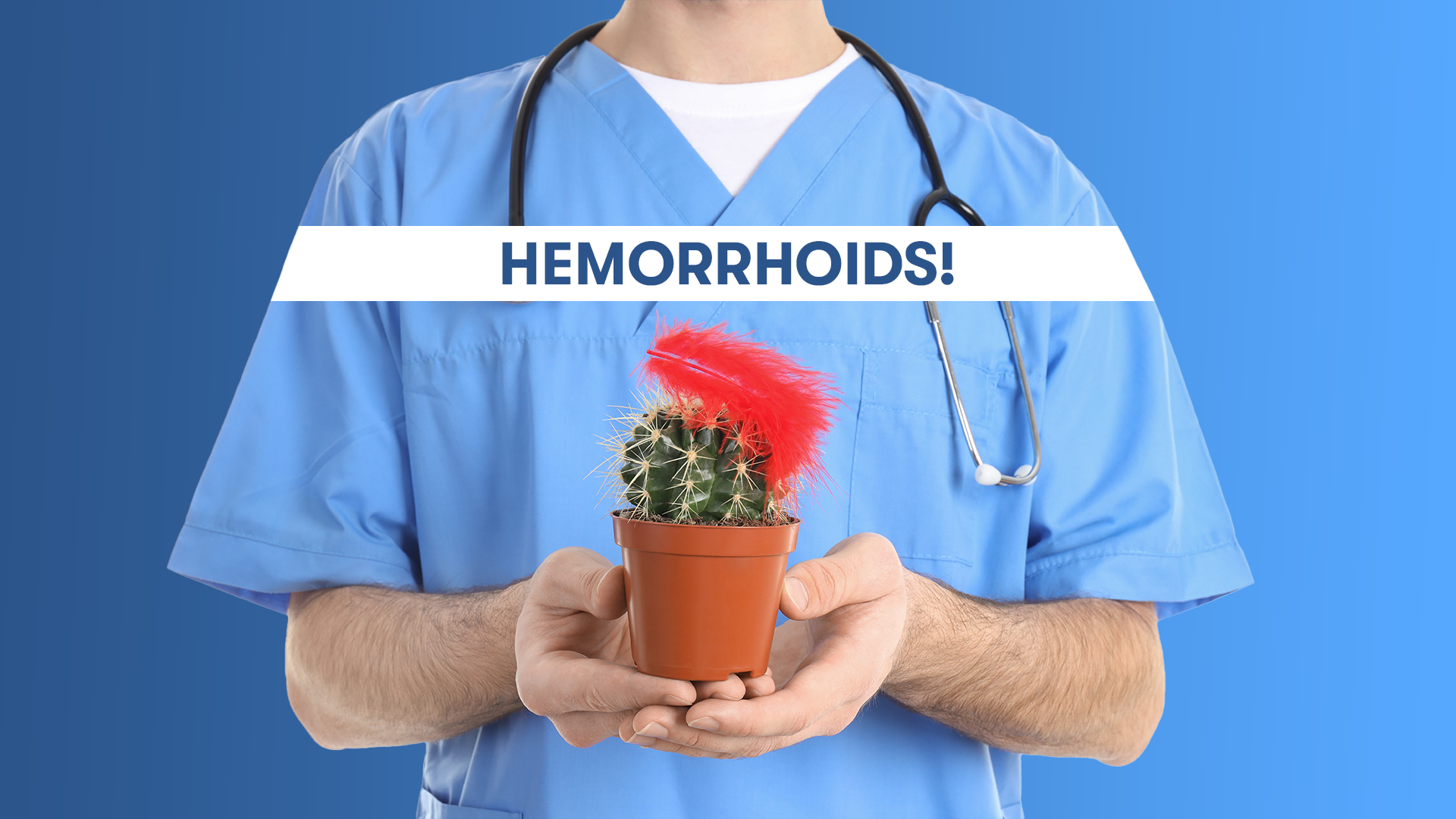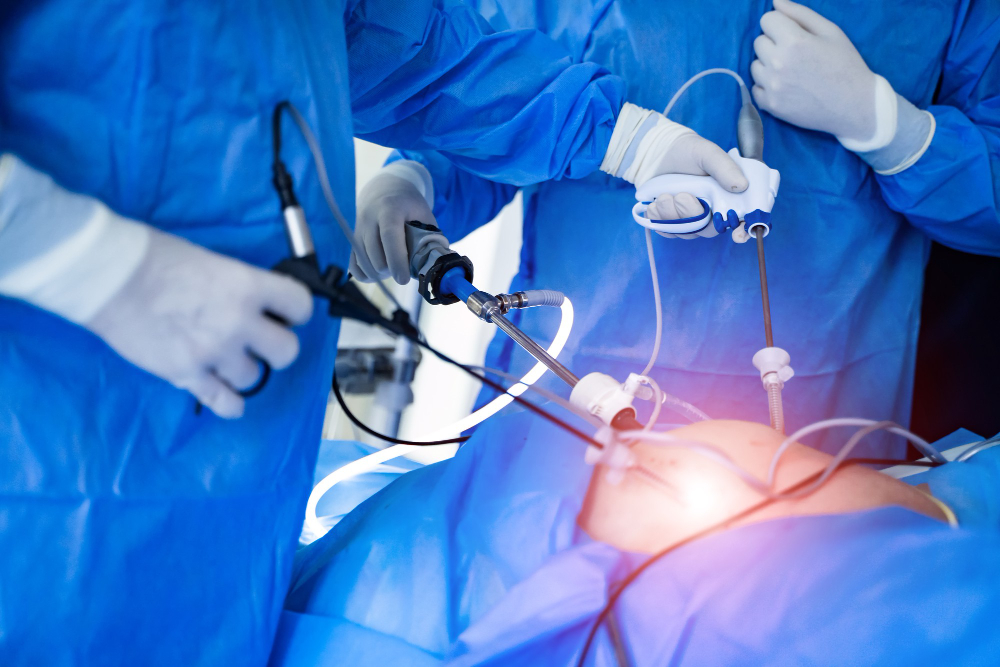How Frequent Is Hemorrhoids Disease?
Half of the people over the age of forty consult a physician with complaints of hemorrhoids at some point in their lives.
What Triggers hemorrhoids?
The incidence of the disease increases after the age of thirties due to reasons such as the increasing consumption of ready-to-eat foods in dietary habits and the lack of attention to drinking water in busy business life. Increasing awareness and the desire to take precautions in early findings can be a factor that increases the application to the physician in this age group.
What Are the Symptoms of Hemorrhoids?
The most worrying symptom for patients is rectal bleeding. Painless bleeding, which is usually noticed on toilet paper after defecation, is the most common reason for referral to physicians. Pain often accompanies hemorrhoids, especially those that have grown and have begun to protrude from the anus. External hemorrhoids may appear as a painful swelling or lump around the anus due to blood clotting in them alone. Itching and a feeling of fullness in the anus can be seen. In addition, some of the patients describe that they cannot relax enough despite defecation.
Especially as a result of the blood clot that develops in external hemorrhoids, sudden painful swelling and sagging occur and the patient may have difficulty going to the toilet. This swelling can cover a certain part of the breach or all around. Classically, this picture, which is very painful for the first few days, may require surgery.
What are the Stages of Hemorrhoids?
Hemorrhoids are staged according to the stage of prolapse from the anal canal.
In stage 1, there is an enlargement of the anal pads in the anus, but no sagging is observed.
In stage 2, except for enlargement, the breech sags, but it resolves spontaneously.
In stage 3, hemorrhoids hang out of the anus and need to be pushed in with a finger.
In stage 4, hemorrhoids protruding from the breach cannot be pushed in with a finger and remain outside all the time.
Why Do Hemorrhoids Occur?
Although the reasons that disrupt the structure of the anal pillows are not known for certain, it is known that hemorrhoid complaints occur in cases where the intra-abdominal pressure increases and is reflected in the breech area.
not drinking enough water
Eating fast foods low in fiber
Straining during defecation
Constipation
Diarrhea
Pregnancy
Irregular defecation habits
are among the most common causes. Over time, these factors cause hemorrhoids to sag or clot.
What Should Hemorrhoid Patients Pay Attention To?
The development or progression of hemorrhoidal complaints can be prevented with a diet rich in fibrous foods (especially green vegetables) and adequate water intake (8-10 glasses a day). The aim is to go to the toilet with sufficient consistency and without difficulty. It is necessary to avoid pushing too hard on the toilet. Sitting in warm water or taking a standing shower is very relaxing, especially during periods of intense symptoms.
How Is Hemorrhoids Treated?
Early-stage hemorrhoids can be treated with non-surgical methods. Although these methods can be applied in examination conditions, it is beneficial to apply them with adequate lighting and equipment after providing ideal conditions for the patient and physician in operating room conditions. The basis of these methods is to close the vein that feeds the hemorrhoids and to ensure that the vein network is left open and drained. Since the underlying mechanism of hemorrhoids is sagging, successful results are achieved by fixing the structures protruding from the anal canal by hanging them to their normal anatomical positions with painless methods.












